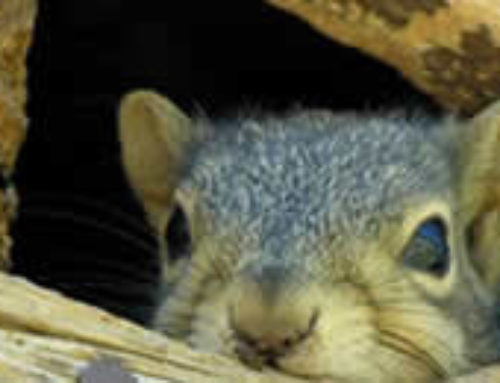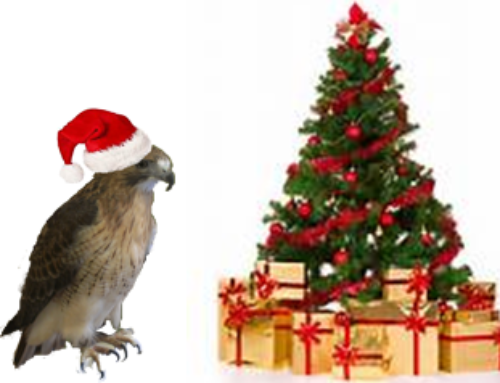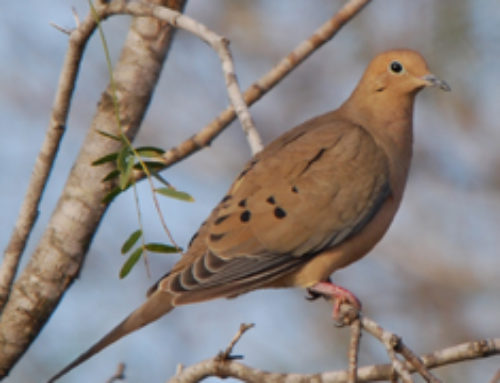 The Wildlife Center had a first this week – Moles! Volunteers were shocked at what beautiful fur they had. The person who rescued them was performing excavation work when they inadvertently dug into their den. Moles have unusual fur in that it doesn’t have a nap. In other words, the fur doesn’t lay in one direction like cats and dogs. Chinchilla come to mind when observing the moles.
The Wildlife Center had a first this week – Moles! Volunteers were shocked at what beautiful fur they had. The person who rescued them was performing excavation work when they inadvertently dug into their den. Moles have unusual fur in that it doesn’t have a nap. In other words, the fur doesn’t lay in one direction like cats and dogs. Chinchilla come to mind when observing the moles.
The other physical attribute that jumped out at volunteers was the size and orientation of the front legs. Place the top of each hand against the other – that’s the permanent orientation of the mole’s front legs. This is great for digging laterally, but not that great for walking. In addition, the front paws are two to three times larger than the back and are tipped in humongous (a very technical term!) claws. Each paw looks like a little excavator bucket. Yet, the skin on the pads is as moist and soft as a baby’s.
The volunteer that held the moles for a couple of quick pictures and a brief health exam noted that they constantly nibbled her skin, tasting as much as smelling as they quickly moved back and forth. The claws felt sharp, but didn’t prick like arboreal species like squirrels which have claws that are tipped with tiny barbs.
Most moles live underground, but some feed above ground and others are semi-aquatic. The favorite meals are invertebrates, especially earthworms. Moles have a paralyzing or sedating component in their saliva that immobilizes earthworms which they can store in a “larder” for future consumption.
There is usually no external indication of ears and the eyes are very small and often covered in skin or fur. For all intents and purposes they are blind although they can tell light from dark. These adaptations probably occurred because exposed eyes and ears became infected, lending reproduction advantage to those animals that weren’t always battling a low grade or full blown infection.
Making a mountain out of a molehill. While not usually a worrisome pest in this area, some mistakenly believe that moles are eating the roots of garden plants. The moles do disturb the ground as they pursue their prey which may inadvertently kill plants or grass. The moles don’t need an eviction notice, homeowners need to rake out mole hills as they form leaving the subterranean habitat intact. That way the whole ecosystem that depends on these subterranean tunnels will remain intact.
These two moles will be observed for a couple of days while the Wildlife Center finds a release site where moles already exist. That way, it is known in advance that the site has everything necessary to support their needs.






Leave A Comment